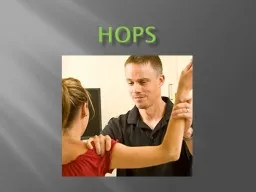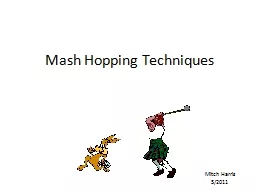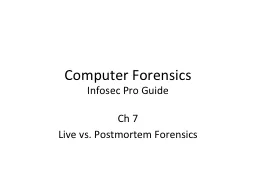PPT-HOPS HOPS How many have taken the Forensics Class?
Author : pasty-toler | Published Date : 2018-11-02
How many enjoy crime shows HOPS Think about the importance of each piece of evidence at a crime scene and share the answers to the following questions with a partner
Presentation Embed Code
Download Presentation
Download Presentation The PPT/PDF document "HOPS HOPS How many have taken the Forens..." is the property of its rightful owner. Permission is granted to download and print the materials on this website for personal, non-commercial use only, and to display it on your personal computer provided you do not modify the materials and that you retain all copyright notices contained in the materials. By downloading content from our website, you accept the terms of this agreement.
HOPS HOPS How many have taken the Forensics Class?: Transcript
Download Rules Of Document
"HOPS HOPS How many have taken the Forensics Class?"The content belongs to its owner. You may download and print it for personal use, without modification, and keep all copyright notices. By downloading, you agree to these terms.
Related Documents














